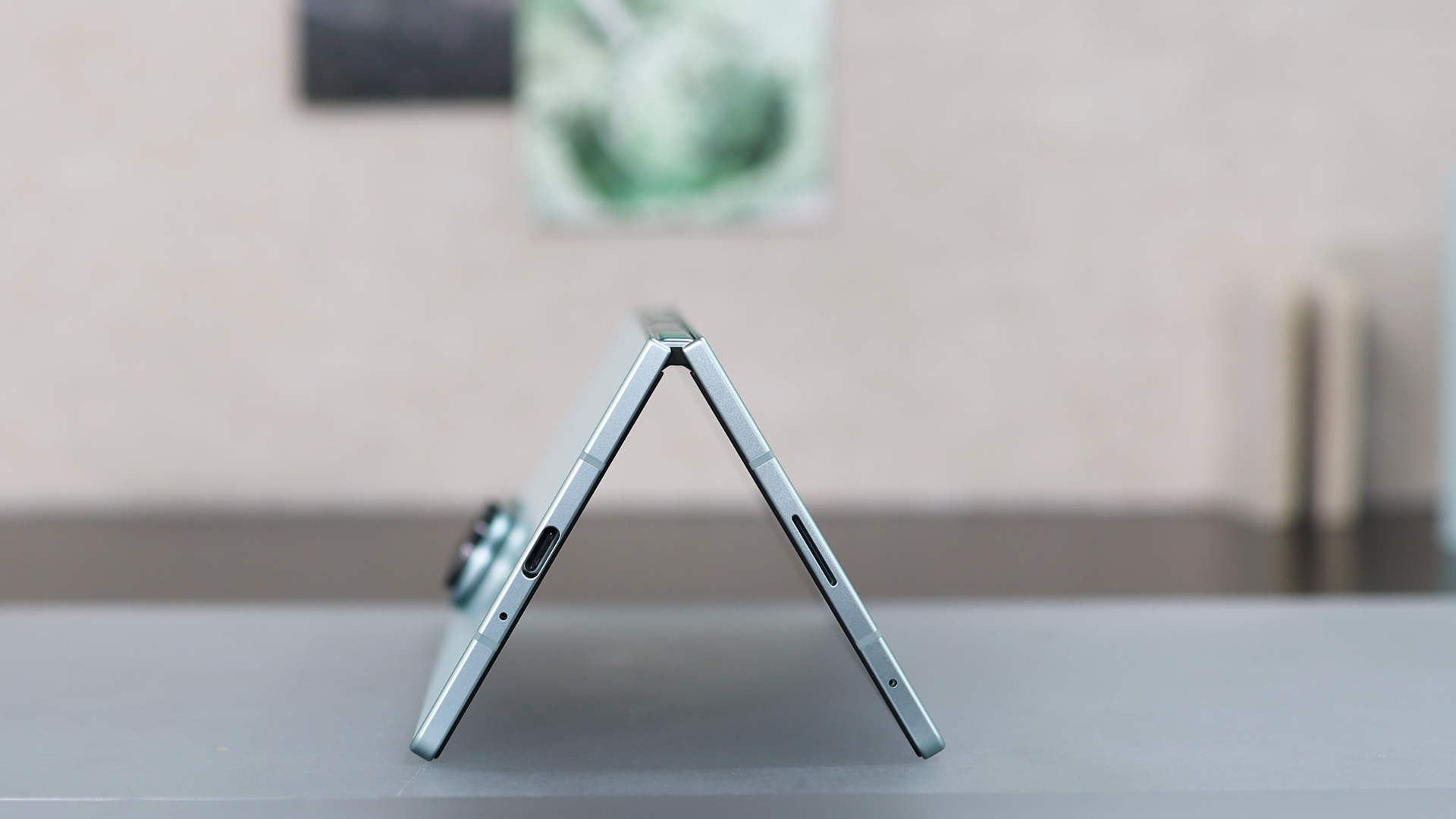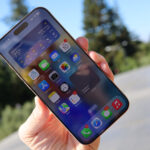- The foldable iPhone could be 4.8mm thick when unfolded
- That would make it thicker than the 4.2mm thick Samsung Galaxy Z Fold 7
- However, being thicker can come with some advantages
One of the more impressive things about the Samsung Galaxy Z Fold 7 is just how slim it is, at a mere 4.2mm thick when unfolded. It’s so slim in fact that the much-rumored foldable iPhone might not be able to match it, despite this device probably not launching until 2026 at the earliest – by which point Samsung might have an even thinner foldable.
According to leaker Setsuna Digital (via Apple Insider), the foldable iPhone will be 4.8mm thick when unfolded, which while certainly quite slim, is a full 0.6mm thicker than the Samsung Galaxy Z Fold 7.
Still, this would have the iPad Pro 13-inch (2024) beat, as that’s 5.1mm thick. It would also beat the 7.8mm iPhone 16, so this could still be one of Apple’s slimmest devices – at least when unfolded.
When folded, we’d assume it will be at least twice as thick as when unfolded, but it’s unlikely to be exactly twice as thick, as the folded dimensions of phones are usually more than double the unfolded ones, with the Galaxy Z Fold 7 for example being 8.9mm thick.
Still, this rumor may well be inaccurate – the source has a mixed track record, and we’ve heard other thicknesses put forward previously, with one earlier leak pointing to a 4.6mm thickness.
Thinner isn’t always better
Either way though, it’s sounding like Apple’s upcoming phone will probably be thicker than the Samsung Galaxy Z Fold 7, but that’s not necessarily a bad thing. Yes, it means that when folded shut this device might be a bit chunky, but it could also allow space for a larger battery or better cameras than the phone might otherwise have.
We’d think that’s a trade-off a lot of people would probably take, so for now we’re not too concerned that Apple might not win this particular battle.
But with the foldable iPhone probably not landing before late 2026, we’d take any and all rumors about it with a pinch of salt for now anyway.
Read the full article here














